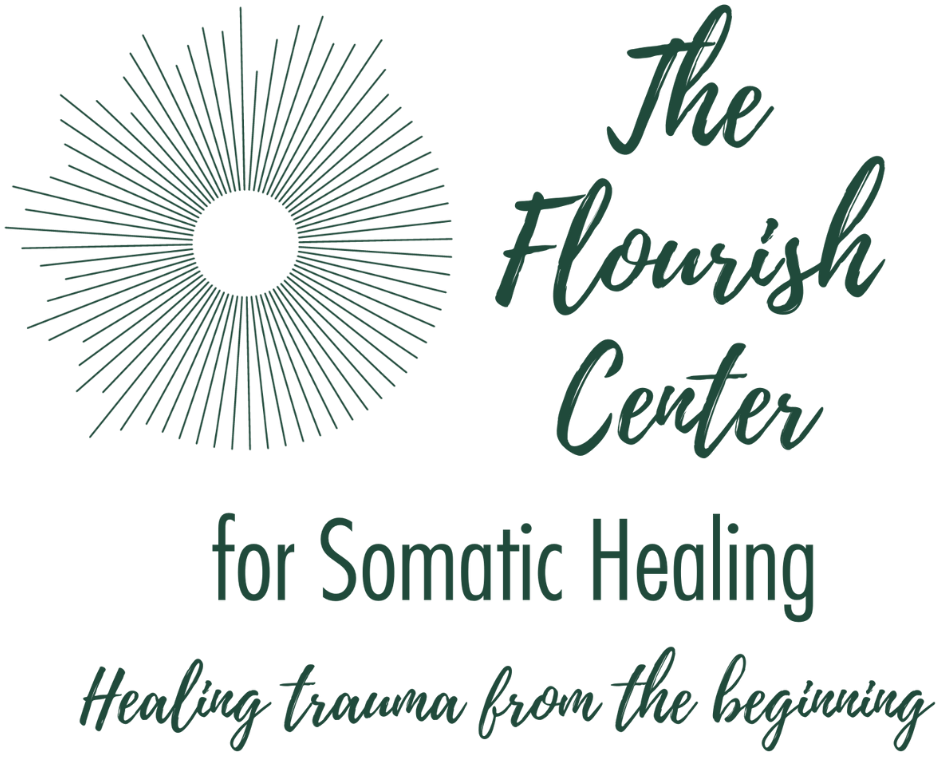
Highly Sensitive People (HSPs) possess an extraordinary capacity for depth, empathy, and emotional awareness. However, this heightened sensitivity often comes with challenges, such as feeling overwhelmed, easily overstimulated, or deeply affected by others’ emotions. For HSPs, somatic therapy can be a transformative tool, offering a way to navigate the world with balance, resilience, and self-compassion.
Understanding Highly Sensitive People
Highly Sensitive People, a term popularized by psychologist Dr. Elaine Aron, make up roughly 15-20% of the population. HSPs have a more finely tuned nervous system, meaning they process sensory input, emotions, and experiences more deeply than others. While this trait is not a disorder, it can lead to difficulties in environments that are fast-paced, loud, or emotionally intense. Common traits of HSPs include:
- Deep emotional responses to art, music, and life events.
- A strong ability to empathize with others.
- Sensitivity to sensory stimuli, such as bright lights, loud sounds, or strong smells.
- A tendency to feel overstimulated in busy or chaotic environments.
- A rich inner life and reflective nature.
While these traits can be a gift, they can also lead to challenges such as chronic stress, anxiety, or burnout. This is where somatic therapy becomes a powerful ally.
What Is Somatic Therapy?
Somatic therapy is a holistic approach that integrates the mind and body, focusing on the connection between physical sensations, emotions, and thoughts. Unlike traditional talk therapy, which emphasizes cognitive processing, somatic therapy works directly with the body to help clients release tension, process emotions, and develop greater self-awareness.
For HSPs, this approach is particularly effective because it helps regulate the nervous system, fostering a sense of safety and grounding. By tuning into bodily sensations, HSPs can develop tools to manage overwhelm and reconnect with their inner strength.
How Somatic Therapy Benefits HSPs
- Regulating the Nervous System: HSPs often operate with a heightened state of arousal, making it difficult to relax or feel at ease. Somatic therapy offers techniques such as grounding exercises, breathwork, and gentle movement to help the nervous system shift from a state of hypervigilance to calm and balance. These practices can reduce feelings of overwhelm and foster a sense of safety in the body.
- Building Emotional Resilience: Because HSPs process emotions so deeply, they can feel easily overwhelmed by their own feelings or those of others. Somatic therapy provides a safe space to process and release stored emotions, helping HSPs build emotional resilience. Over time, they learn to navigate intense feelings without becoming consumed by them.
- Enhancing Self-Awareness: Somatic therapy encourages clients to tune into their body’s signals, such as tightness, warmth, or tension. For HSPs, this heightened awareness can become a powerful tool for understanding their needs and boundaries. For example, noticing a knot in the stomach might signal that a situation is overstimulating, prompting the HSP to step away and regroup.
- Releasing Stored Trauma: Many HSPs carry the weight of past experiences deeply within their bodies. Somatic therapy provides gentle and effective techniques for releasing stored trauma, such as shaking, vocalization, or mindful movement. This release can free HSPs from patterns of hyperarousal or shutdown, allowing them to move forward with greater ease.
- Empowering Boundaries: HSPs often struggle with boundary-setting, whether it’s saying no, stepping back from toxic relationships, or managing their energy. Somatic therapy helps HSPs recognize when their body is signaling discomfort and teaches them how to honor those signals. This leads to healthier relationships and a greater sense of self-trust.
Somatic Techniques for Highly Sensitive People
While somatic therapy sessions are tailored to each individual, here are some techniques commonly used to support HSPs:
- Grounding and Boundary Exercises: Practices such as standing barefoot on the ground, focusing on the sensation of your feet, or engaging in slow, mindful walking can help HSPs anchor themselves when they feel overwhelmed. Imagining yourself surrounded by a bubble to define your own personal space and protection is invaluable, especially when around others.
- Breathwork: Deep, diaphragmatic breathing is a cornerstone of somatic therapy. HSPs can use this technique to calm their nervous system, especially during moments of stress or overstimulation.
- Body Scanning: Regularly checking in with the body to identify areas of tension or discomfort can help HSPs stay connected to their physical and emotional needs.
- Somatic Movement: Gentle, intuitive movements such as stretching, shaking, or swaying can help release tension and regulate emotions stored in the body.
- Safe Touch or Self-Holding: Touch is a powerful tool for regulating the nervous system. Techniques such as placing a hand over the heart or hugging oneself can create a sense of safety and comfort.
Finding a Somatic Therapist
For HSPs interested in exploring somatic therapy, finding the right therapist is key. Look for someone who:
- Has experience working with HSPs or clients with heightened sensitivity.
- Creates a safe, supportive, and non-judgmental space.
- Offers a trauma-informed approach, understanding how past experiences might impact the body’s responses.
- Respects the client’s pace, allowing for gentle and gradual exploration.
Working with Lakshmi
Highly Sensitive People have a unique capacity for depth, connection, and creativity. Yet, navigating the world with heightened sensitivity can be challenging. Somatic therapy offers a pathway to greater balance, resilience, and empowerment, helping HSPs honor their sensitivity as a strength rather than a burden.
Lakshmi is herself an HSP and has cultivated skill around living in the world this way. She has made it one of her superpowers. She grew up feeling very different in a world that didn’t make sense. Now, she has important skills and perspectives to share with others HPS’ that can change how they view both themselves and the world in a more empowered and healing way.
Through practices that connect mind and body, HSPs can learn to regulate their nervous system, release stored emotions, and set healthy boundaries. In doing so, they create a life that aligns with their needs and values, allowing their sensitivity to shine as a source of wisdom and compassion.
If you’re a Highly Sensitive Person seeking tools to navigate your sensitivity, somatic therapy may be the transformative support you’ve been looking for. Embrace this opportunity to reconnect with your body, honor your needs, and step into your power.

